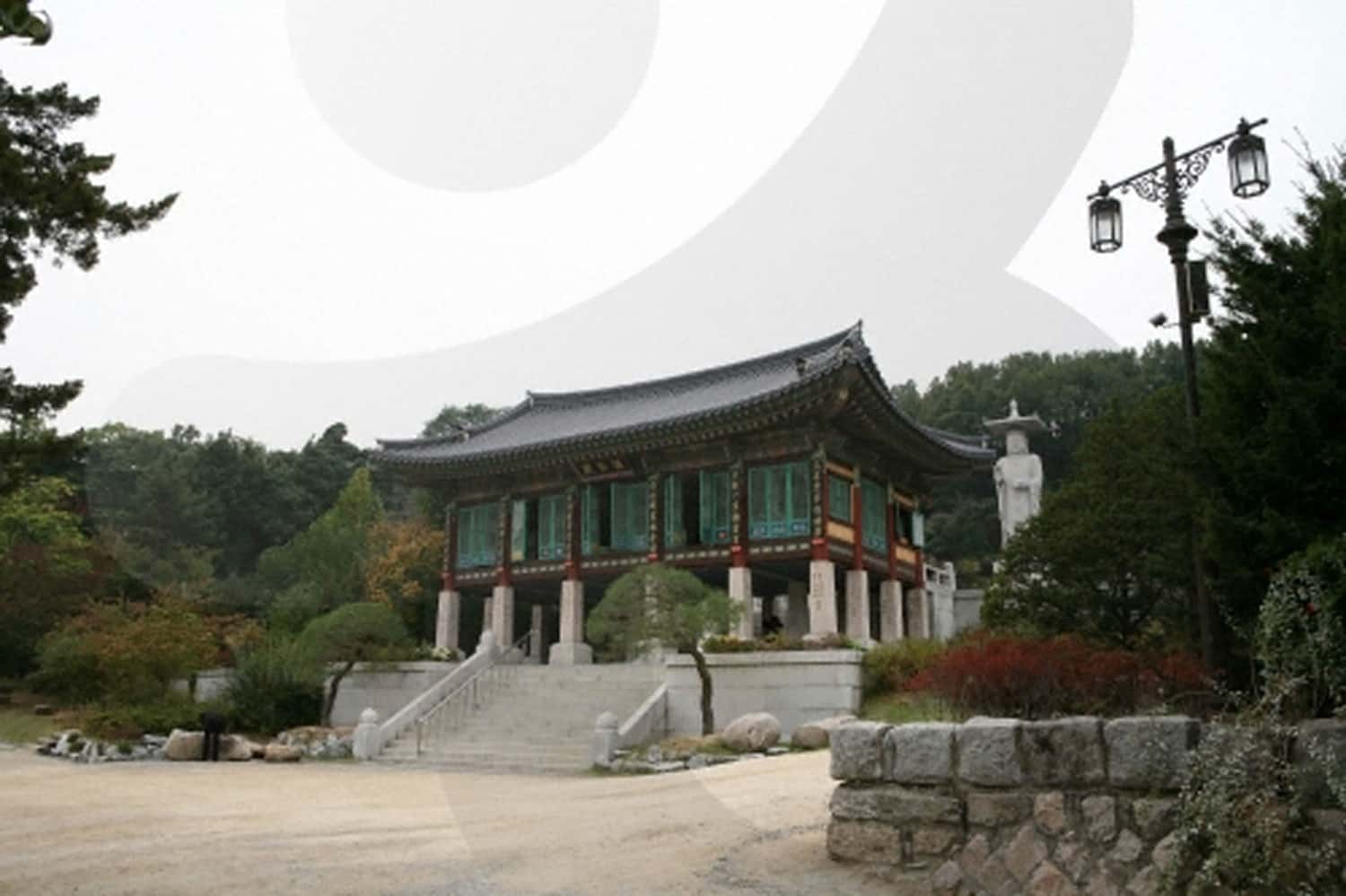Korean Buddhist temples have provided a spiritual sanctuary for the Korean people for 1,700 years. Now everyone can experience the tranquility of a temple through Korea’s templestay programs. Experience various Buddhist practices, disciplines, and daily temple life like barugongyang (Buddhist monastic meal), dado (tea ceremony), takbon (rubbed copy of petroglyphs or pictographs) and seon (Zen meditation).

Experience What?
The Early-Morning Ceremony is the Buddhist ritual of making a respectful bow to Buddha. In Korean temples, this ceremony is held three times a day, but the early morning service, which is open to the public, is intended to clear all stray thoughts from the mind, think of respect for life, and look back on one’s own life.
Seon or Zen means quietly thinking, meditation, or insight. It is the act of meditating in a good posture, pacifying the mind, and cultivating one’s moral senses. Chamseon is the process of finding one’s “self” through a true peace of mind.
Brewing and drinking tea is also a respected Buddhist practice. Without concentration during the brewing process, one cannot achieve the full taste and flavour to tea, while the image of drinking tea in a composed manner and posture is related to Zen mediation practice. This is why people say “Tea and Zen have the same taste.” Dado is about knowing the pleasure of drinking tea and pursuing a peaceful life.
Barugongyang is a method of eating that has been passed down since the time of Buddha. Eating is understood as being a part of an entire practice, whereby one eats in appreciation of all life and neighbours. Not leaving a single grain of food shows respect for the hard work of farmers as well as minimizing the damage to nature. Also, everyone eats the same food together, building a sense of community and equality. Eating is done in silence, with no sounds of bowls, utensils or chewing.
Ullyeok is Community Work, and depending on the season, people sweep the temple grounds or make food and repairs.
On a Temple Tour guest learn about the unique characteristics of Korean temples during their stay.
Each temple offers its own unique program, including: a temple pilgrimage to visit the traditional cultural heritage sites like architectural structures, sculptures, arts and crafts, and paintings; Zen mediation and martial arts for maintaining the health of body and mind; a nature walk through temple woods; making tea and lotus lanterns; and takbon rubbing copies of petroglyphs or pictographs on tombstones or stone monuments.
Bongeunsa Temple
You don’t have to go far to experience a templestay. Bongeunsa temple in Seoul offers a 24-hour program and a two-hour sampler that can fit into most schedules.
Sitting opposite COEX, the massive underground shopping mall in the Samseong-dong business district, Bongeunsa is where Korea’s modern world and ancient spiritualism collide in a mix of massive skyscrapers and quiet tranquility.
Nestled at the foot of Mt. Sudo, Bongeunsa temple was founded in 794 by Yeonhue, a Buddhist monk, during the reign of King Wonseong. Buddhism in Korea was harshly repressed during the Joseon Dynasty (1392-1910), leading to the abandonment of many temples. Nevertheless, Bongeunsa managed to survive and became the country’s leading Seon (Zen) temple thanks to the efforts of Queen Moonjeong and Monk Bowoo.
The majority of buildings of Bogeunsa Temple were destroyed in a fire in 1939 while others were destroyed during the Korean War. After numerous restoration projects, Bongeunsa temple is now as it once was.
Bongeunsa’s 24-hour Templestay offers the chance to experience traditional Korean Buddhist culture and practices. During their overnight stay participants enjoy relaxation, reflection and revitalization.
Major activities in the program include: attending the Buddhist ceremonial service; Seon meditation; tea ceremonies; Buddhist meal; communal work around the temple grounds; informative tours around the temple grounds; and crafts like lotus lantern making, prayer bead (rosary) making and hand printing of wooden blocks and tombstones.
The two-hour Temple Life program offers a glimpse of inner Temple experiences.
Main activities are the Temple tour, chamseon (meditation), and dado (tea ceremony) – all conducted in English.
 Luke Hoagland
Luke Hoagland
TEMPLESTAY TIPS• Your Stuff: participants must bring their own toiletries (razors, toothbrushes, soap, etc.)• Quarters: There are separate rooms for male and female guests. Private quarters may be arranged for individuals and families upon request. Lights go out at 9:30 p.m. • Clothing: Most temples provide comfortable uniforms, but it is a good idea to bring your own in case there is a shortage. There are no uniforms for children, so families should bring their own comfortable children’s clothing. Warm clothing may be necessary for early morning programs regardless of season. Socks must be worn during Buddhist ceremonies. • Program: Morning chanting is at 3:30 or 4:30 a.m., depending on the temple. Since this is the start of the day, all participants are urged to attend with an open heart. Taking pictures and recording are not permitted in a Buddha Hall. • Environment: Temples are Korean cultural properties and should be conserved and protected. Smoking and drinking are not permitted. |


